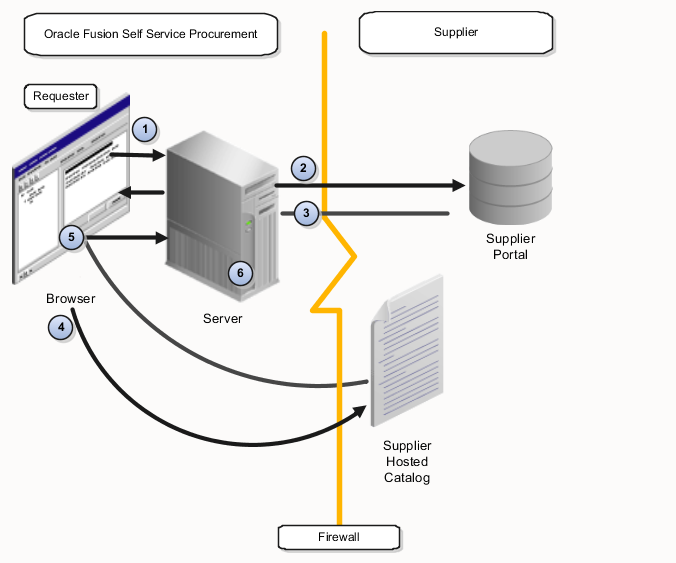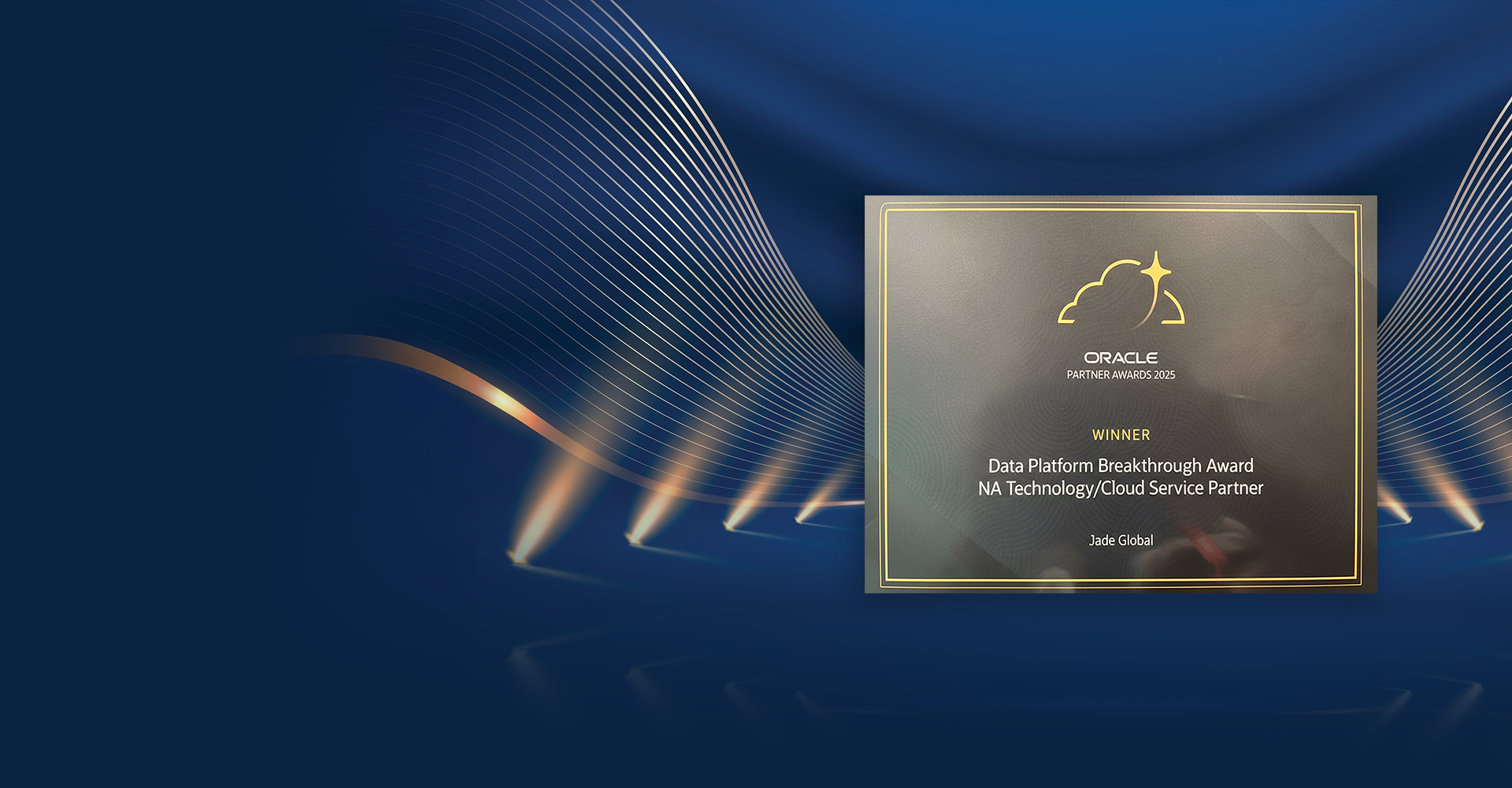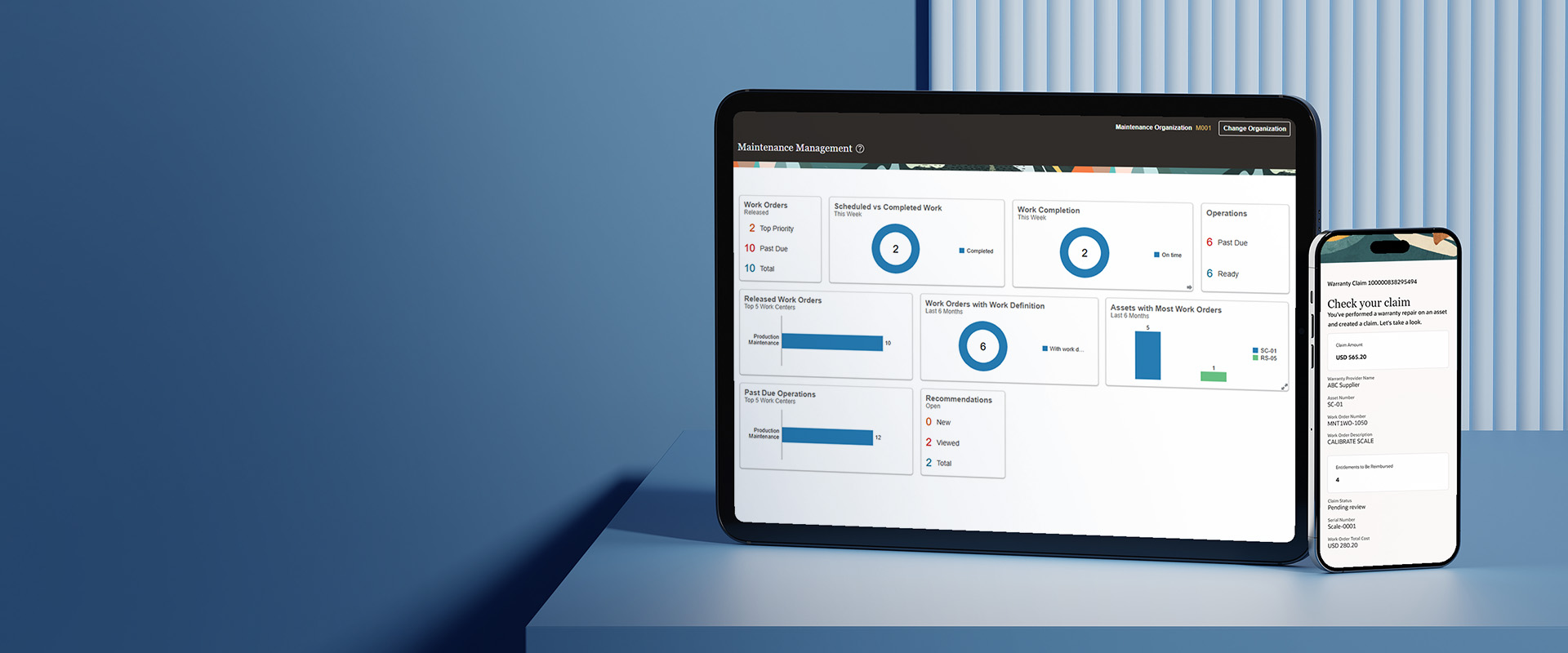Oracle Punchout Catalog provides the ability to link Oracle’s Requisition page to a vendor’s eCommerce site to shop, place items into a cart, and return that cart to their procurement application to continue purchasing within their designated workflow. The resulting purchase order is then returned to the supplier for order fulfillment. This is a mechanism by which buyers/requestors can navigate to the supplier’s website directly through Punchout
How Punchout Works
Oracle Fusion is an enterprise resource planning (ERP) software that allows users to access external catalog sites through a feature called “Punchout.” When a user, known as the requester, clicks on a punchout link on the Oracle Fusion platform, the software sends a login request to the external catalog site. The catalog site then authenticates the requester and returns a login response. The punchout feature then redirects the requester’s browser to the external catalog site.
Once on the external catalog site, the requester can browse or search for items and add them to their shopping cart. Once the requester completes shopping, the punchout application returns the shopping cart with the selected items to the Oracle Fusion platform. The requester can then complete the checkout process for the items in the shopping cart, and the punchout from the Oracle Fusion application will process the order. The punchout links can be found on multiple pages like the shop home, store page, or search results summary page.
- The requester in Oracle Fusion clicks a punchout link to the external catalog site. Oracle punchout links are available from the following pages:
- Shop home page when the requester clicks a store whose only catalog is a punchout.
- Shop Store page when the requester clicks a store that contains a punchout catalog.
- Search Results Summary page when a punchout matches the search keywords.
- The punchout from the application sends the login request to the catalog site.
- The punchout to the application authenticates the requester or buyer and returns a login response.
- The punchout from the application redirects the requester’s or buyer’s browser to the catalog site.
- The requester or buyer browses or searches for items on the external catalog site and completes shopping.
- Via requester’s or buyer’s browser, the punchout application returns the shopping cart with the items to the punchout from the application. The requester or buyer completes the checkout process for the items in the shopping cart, and the punchout from the application processes the order.
Punchout Workflow from Self-Service Procurement to Supplier-Hosted Catalog

The punchout catalog in Oracle Fusion streamlines the procurement process for buyers by allowing them to access external catalogs directly within the Oracle application. This makes it easier for buyers to find and approve the products they need, improving efficiency and reducing time spent on punchout procurement tasks.
Integrating procurement processes in the Oracle Punchout feature facilitates real-time document authoring, reviews, and approvals, further streamlining the buying process. Additionally, Oracle Punchout allows customized branding for each customer, providing a personalized shopping experience.
Embedded social collaboration in the Oracle Punchout feature enables customers to complete assignments faster and more effectively, shortening the buying cycle. The feature also provides up-to-date and real-time product, pricing, discount, and availability data without requiring manual processing, resulting in minimal labor costs and expenses.
The Oracle Punchout catalog integration simplifies the shopping experience for buyers by allowing them to access external catalogs and place orders without leaving their procurement application. This provides a user experience like that of retail shoppers on B2C eCommerce websites. Furthermore, it reduces customer acquisition costs and helps B2B sellers attract more business.
- It streamlines the punchout process for the buyers.
- Buyers can get their desired catalog in their Oracle application, and they can work efficiently to approve the orders.
- Integrated procurement processes facilitate real-time document authoring, reviews, and approvals.
- Customized branding for each customer, giving them a personalized shopping experience.
- Embedded social collaboration enables your customers to complete assignments faster and more effectively, thus, shortening the buying cycle.
- Up-to-date and real-time product, pricing, discount, and availability data without manual processing, and at a minimal labor cost and expense.
- Oracle Punchout catalog integration simplifies the shopping experience of your buyers. They can access your website and place orders without leaving their procurement application. A user experience that rivals what retail shoppers get from B2C eCommerce websites.
- Oracle Punchout catalog reduces customer acquisition costs and helps B2B sellers attract more business.
Jade’s Role: Jade performed the implementation to ease the Purchase Requisition transaction with third-party vendor and interface to Oracle.
Conclusion
The Oracle Punchout catalog offers a comprehensive solution for order requisition and procurement, streamlining the process for buyers. Traditional procurement methods involve multiple steps and can be time-consuming and labor-intensive when done manually. But with the integration of Oracle Punchout catalog into an eCommerce store, the process is fully automated, saving time and effort. Not only does it automate procurement, but it also improves the customer experience by offering various special features.













